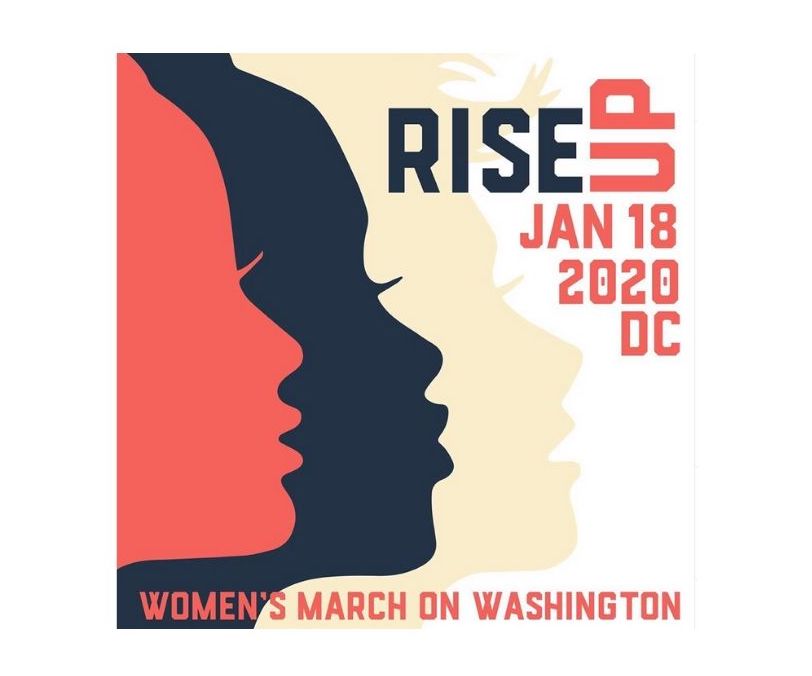The 4th Annual Women’s March Fails to Crowd the Nation
January 25, 2020
Saturday, January 18th, marked the 4th annual Women’s March as women’s rights activists from all around the nation took to the streets to bring attention to some of today’s most pressing issues.
What once started as one woman’s post in a pro-Hillary Clinton Facebook group quickly became one of the largest single-day demonstrations in U.S. history. The first Women’s March took place on January 21, 2017—the day after President Trump’s inauguration—in order to advocate policies and legislation concerning political and social equality. The movement soon gained a lot of attention and influence, though the momentum and passion activists promised to carry year after year has dwindled.
With approximately 10,000 in attendance, the nation-wide demonstration was relatively small, especially in comparison to the 100,000-person audience in 2017. The measly turnout answered skeptics’ and critics’ questions as to whether or not a Women’s March is necessary. The vast majority of demonstrators were opposers of Trump, with a majority of the signs and speeches being in reference to his policies regarding climate change, immigration, and access to abortion, as opposed to anything in relation to women’s rights or other feministic views. “The Women’s March organization is different from when it began, but the core value of equality remains and therefore continues to convince me to attend,” said Women’s March attendee and THS alum Grady O’Brien (19) when asked if she believed the March had lost its meaning. “I hope that in the future there is no need for the March, but unfortunately today there still is. ”
There could have been numerous reasons why the March was poorly attended this year. Perhaps some felt that the March was redundant or inapplicable. Or could the lack of publicity before the event have resulted in the paltry crowds? Furthermore, the controversy with the organizers of the March could have dissuaded potential attendees. “I believe the information that has come out about the Women’s March within the past year or so has discouraged people from marching with this organization,” says O’Brien. “Personally, I struggle with the Women’s March because of their history of white feminism; however, I know that when I am marching I am supporting and fighting for all women, especially trans women and women of color.”
With a diminishing number of participants, the future of the Women’s March is unclear. While some may characterize the event as unsuccessful, the organization has garnered many triumphs over the years. “We were able to bring together 5 million women and people from across the world to stand up in solidarity against racism, bigotry, xenophobia, homophobia, and transphobia, and also to show that women have the ability to lead,” said co-chair Carmen Perez in an interview with The Atlantic, “We were able to inspire a new generation of activists to rise up.”

















































































































































